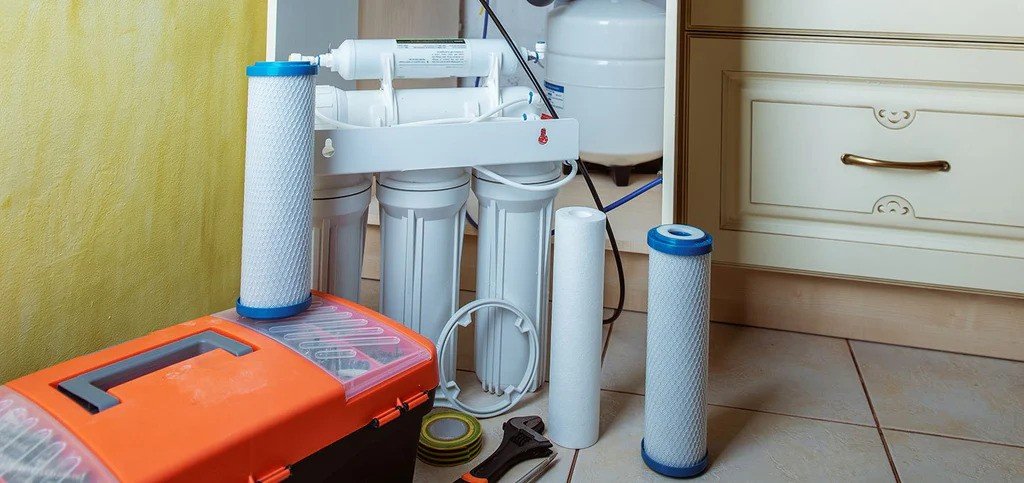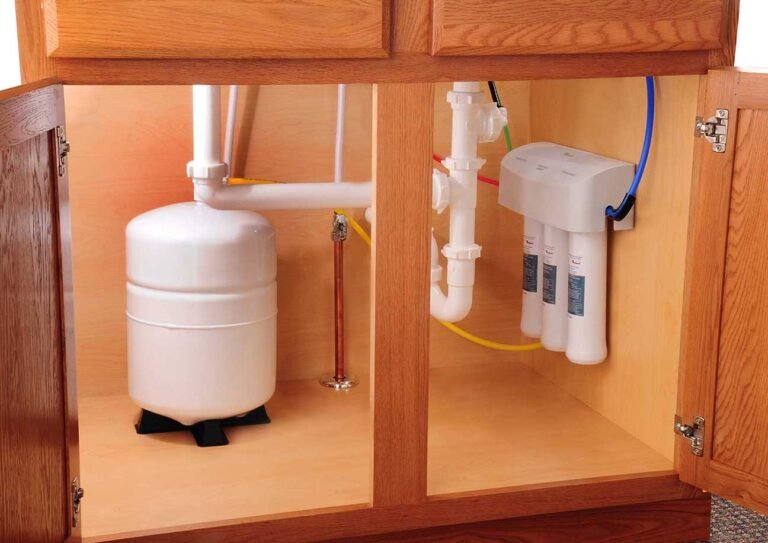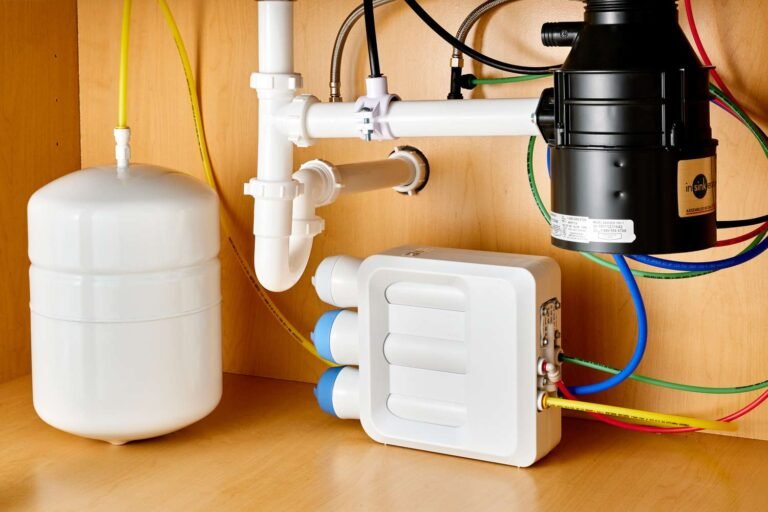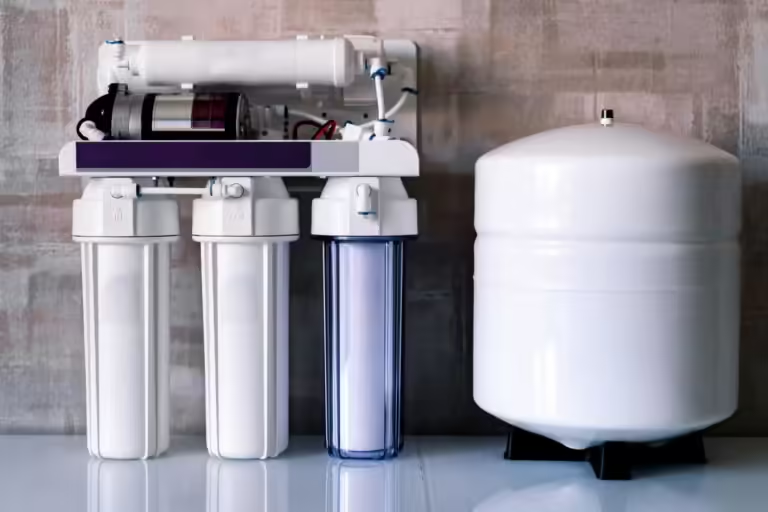Utah Water Infrastructure:
In order to guarantee the availability of clean and safe water for industrial, agricultural, and public usage, water treatment systems are essential infrastructure. In Utah, the United States, water filtration systems use modern technology and strict procedures to satisfy the state’s rising population and arid climate, which make water management especially important. This blog post will examine the salient characteristics of a Utah’s water treatment systems, emphasizing the vital elements that contribute to the effectiveness and efficiency of these establishments.

1. Source Water Intake and Pre-Treatment:
Getting the water is one of the first phases in the water filtration process. Groundwater, lakes, rivers, and reservoirs are examples of sources in Utah. Large material like sticks, leaves, and other pollutants that could obstruct the treatment process are screened out by the intake structures. To protect equipment and guarantee the effectiveness of later treatment phases, this preliminary screening is essential.
Pre-Treatment involves processes like coagulation and flocculation, where chemicals are added to the water to help smaller particles clump together into larger particles (flocs) that can be more easily removed. This is followed by sedimentation, where the flocs settle to the bottom of a settling tank, effectively removing many of the larger contaminants from the water.
2. Filtration Systems:
Once pre-treated, the water undergoes filtration to remove smaller particles that were not captured during the initial stages. Filtration systems in Utah’s water filtration systems often use multiple layers of materials such as sand, gravel, and activated carbon to filter out impurities. The choice of materials can depend on the specific contaminants present in the source water.
For example, granular activated carbon filters are highly effective at removing organic compounds and chlorine byproducts, which can affect the taste and odor of the water. Sand and gravel filters are excellent for removing particulate matter.
3. Reverse Osmosis Systems:
Reverse osmosis (RO) is a sophisticated filtration technology used in many Utah water filtration systems to ensure the highest quality of water. RO systems force water through a semi-permeable membrane that blocks contaminants while allowing pure water molecules to pass through. This process is highly effective in removing dissolved salts, bacteria, viruses, and other impurities.

RO is particularly important in areas with hard water or high levels of dissolved minerals, which is a common issue in Utah. By using reverse osmosis, water filtration systems can produce water that meets or exceeds health and safety standards.
4. Disinfection Methods:
Ensuring that the water is free from harmful microorganisms is a critical aspect of water filtration. Disinfection methods in Utah water filtration systems commonly include chlorination, UV irradiation, and ozone treatment.
- Chlorination: Chlorine is added to the water to kill bacteria and viruses. This method is widely used because of its effectiveness and the residual protection it provides as water travels through distribution systems.
- UV Irradiation: UV light is used to inactivate microorganisms by damaging their DNA. This method is chemical-free and highly effective, though it does not provide residual disinfection.
- Ozone Treatment: Ozone is a powerful oxidant that can destroy bacteria and viruses more effectively than chlorine. It also helps to reduce odor and improve the taste of water.
5. Advanced Monitoring and Control Systems:
Modern water filtration systems in Utah are equipped with advanced monitoring and control systems to ensure that all stages of water treatment are operating efficiently and effectively. These systems use sensors and automation to continuously monitor water quality parameters such as pH, turbidity, chlorine levels, and microbial contamination.
Real-time data is analyzed to adjust treatment processes as needed, ensuring that the water meets regulatory standards at all times. These systems also help in early detection of any potential issues, allowing for prompt intervention and maintenance.
6. Waste Management and Environmental Compliance:
Water filtration systems generate waste materials, such as sludge from sedimentation tanks and used filtration media. Proper waste management practices are essential to minimize environmental impact. In Utah, water filtration systems adhere to strict environmental regulations to ensure that waste is disposed of safely and sustainably.
- Sludge Treatment: Sludge is typically treated to reduce its volume and remove harmful contaminants before disposal. This can involve dewatering processes and stabilization treatments.
- Recycling and Reuse: Some facilities incorporate processes to recycle and reuse treated water for non-potable applications, such as irrigation and industrial processes, which helps to conserve water resources.
7. Energy Efficiency and Sustainability:
Energy consumption is a significant operational cost for water filtration systems. In Utah, there is a strong focus on energy efficiency and sustainability. Filtration systems often incorporate renewable energy sources such as solar and wind power to reduce their carbon footprint. Additionally, energy-efficient equipment and practices, such as variable frequency drives and optimized pump operation, help to minimize energy use.
8. Community Engagement and Education:
Effective water management also involves community engagement and education. Utah’s water filtration systems often work closely with local communities to raise awareness about water conservation and the importance of clean water. Public tours, educational programs, and transparent communication about water quality and treatment processes help to build trust and promote responsible water use.
9. Emergency Preparedness and Resilience:
Given the critical importance of water supply, water filtration systems in Utah are equipped with emergency preparedness plans to ensure resilience in the face of natural disasters, contamination events, or system failures. This includes backup power supplies, redundant treatment systems, and robust contingency plans to maintain water quality and supply during emergencies.

Where To Buy The Best Water Filtration System in Utah?
One of the best sources in Utah to get a water filtration system is Utah Pure Living. They give a large selection of premium systems made to supply your house or place of business with safe and clean drinking water. Whether you’re searching for under-sink filters, reverse osmosis systems, or whole-house water filtration, Utah Pure Living guarantees that you acquire dependable solutions that satisfy your particular requirements. Their devices are renowned for their effectiveness, resilience, and ease of upkeep, giving you piece of mind that your water is constantly clean and free of impurities.
- Wide Range of Products: Utah Pure Living offers a variety of water filtration systems, including whole house filters and reverse osmosis systems.
- Quality and Reliability: Their products are known for their high quality, durability, and effective water purification capabilities.
- Excellent Customer Service: Utah Pure Living provides exceptional customer service, ensuring that you receive expert advice and support for all your water filtration needs.
Advanced Water Treatment in Utah:
In order to guarantee clean, safe, and dependable water, water treatment facilities in Utah, US, employ innovative technologies and exacting procedures. These facilities meet the strictest requirements for water quality, from source water intake and pre-treatment to sophisticated filtration technologies like reverse osmosis. Their efficacy is further increased by incorporating modern monitoring, energy efficiency, waste management, and community involvement with disinfection techniques. Comprehending these characteristics highlights the intricacy and significance of procedures that guarantee the safety of water for consumption and application. These systems are essential to preserving environmental sustainability and public health as Utah expands.




